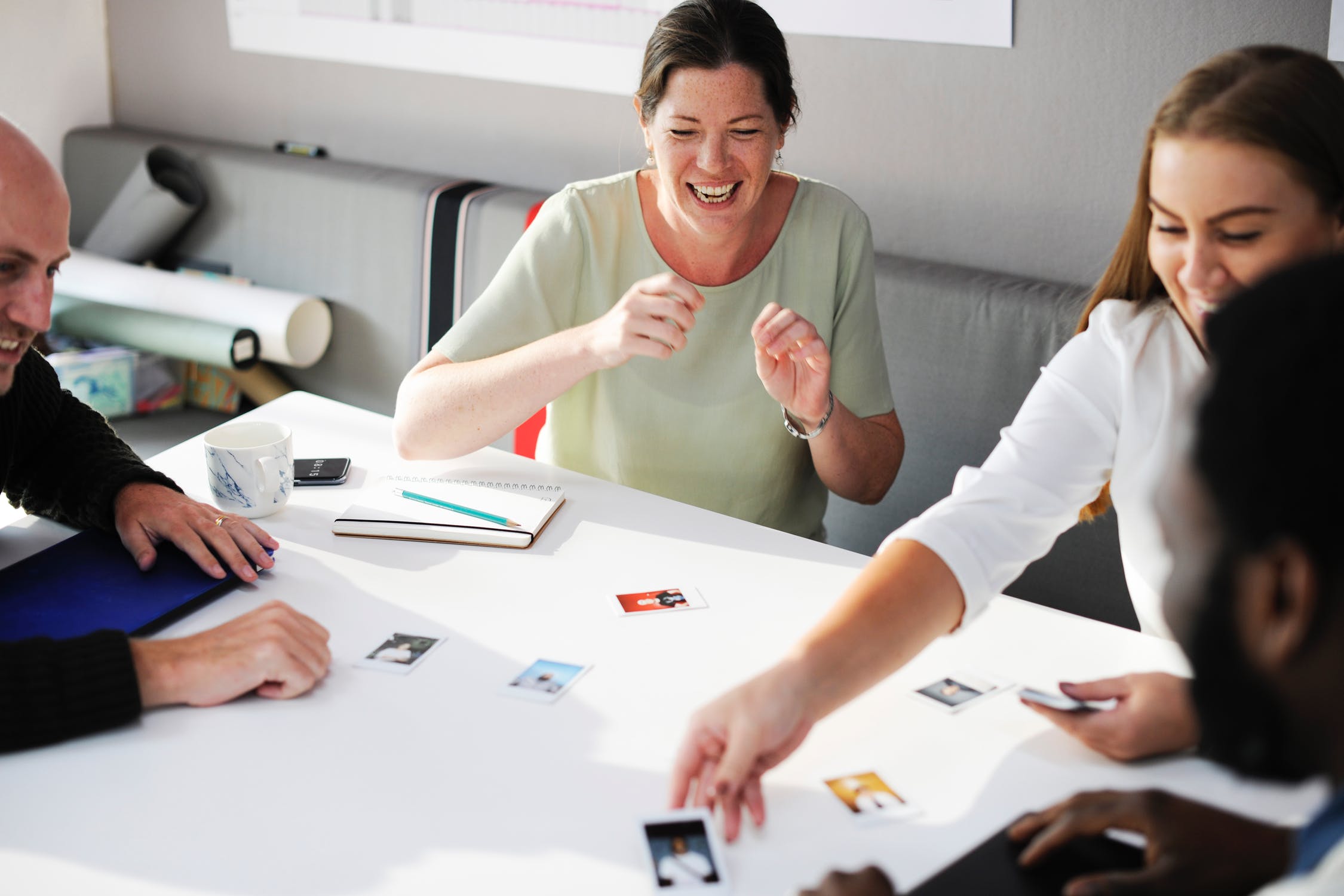Opinno’s Design Thinking Session
As goals, processes, systems and attitudes are intertwined into a corporation’s organizational identity, promoting change in the corporate culture of a company is a difficult leadership challenge. Opinno eases and guides that process through design thinking sessions that involve creative problem solving, ideating, prototyping and testing. This session led by innovative consultants is conscientious and intensive, yet free-flowing and research-based so as to allow freedom of expression and to promote real change.
Empowering Corporate Culture
Opinno most recently held a design thinking session with a telecommunications company at an internal event in Madrid. The telecommunications sector has been front and center as the world experiences a digital transformation. There is constant evolution within the industry, which is why this design thinking session aimed to transform the way of thinking of a group of people at the hands of the revolution. Design thinking sessions are fundamental to innovation and ideation, yet the manner in which they should be run is dependent on the internal organization of the corporation. In order to provide a customized approach to the session, Opinno began by delving into the roots and foundations of the telecommunications company.
Establishing an overarching goal as a unit during a design thinking session creates common ground and understanding between the leaders and mediators. The goal of this session determined by both the mediators and leaders was to drive change in the mindset and culture of the company, starting from it’s corporate leaders. The session therefore needed to provoke leaders by presenting them with situations that would require behavioral responses. Design thinking sessions often empower even the most conventional of thinkers, as participants are guided through prompts, props and interactive activities.

The Transformation of a Telecommunications Company
Opinno’s design thinking session was human-centric, meaning it focused on influencing innovative thinking through dialogue and group work, while providing the fallback net to get it it done. Four objectives were designed to encourage dialogue, productive group work and behavioral actions. These objectives were to motivate initiative, to exchange feedback, to implement agility and to foster recognition.
Creative ventures like design thinking sessions can be met with hesitation by corporate leaders that may prefer structure and predetermined expectations, which is why Opinno’s introductory activities push participants to lean into failure, rather than resist it. During design thinking sessions, experimentation is key, and failure is inevitable. Design thinking sessions are so valuable because they allow you to fail without wasting resources or money. With a short deadline given and minimal resources provided, the participants learned to prioritize and economize.
In this design thinking session, 100 change leaders from the company participated, as they are the change adopters and implementers in their corporate setting. Activities that emphasized leaning into failure were imperative in the session, because these leaders will need to evolve, respond and adapt as failures present themselves in their innovating business environment.

Roles and Results:
During the implementation and adaptation phases in the corporate setting, each of the 100 change leaders will take on differing roles, which is why Opinno’s design session had participants practice taking on roles as empathizers, as instructors and as feedback-deliverers and receivers. This is done by having change leaders work in teams to brainstorm needs and pain points a consumer might experience based on a given prompt. They also began prototyping and concept testing before presenting their ideas to the group as a whole. Participants therefore experienced being empathizers through understanding their customers, being instructors as they presented their ideas, and feedback deliverers and receivers as they both offered feedback to other groups and received feedback that sent them back to the drawing board.
The result of the design thinking session was revolutionary for the telecommunications company, as each team established an idea on how to drive key behaviours of cultural transformation. These ideas were presented and supported by the team members, resulting in a unified understanding and clear formation of company goals with a way of achieving it.



